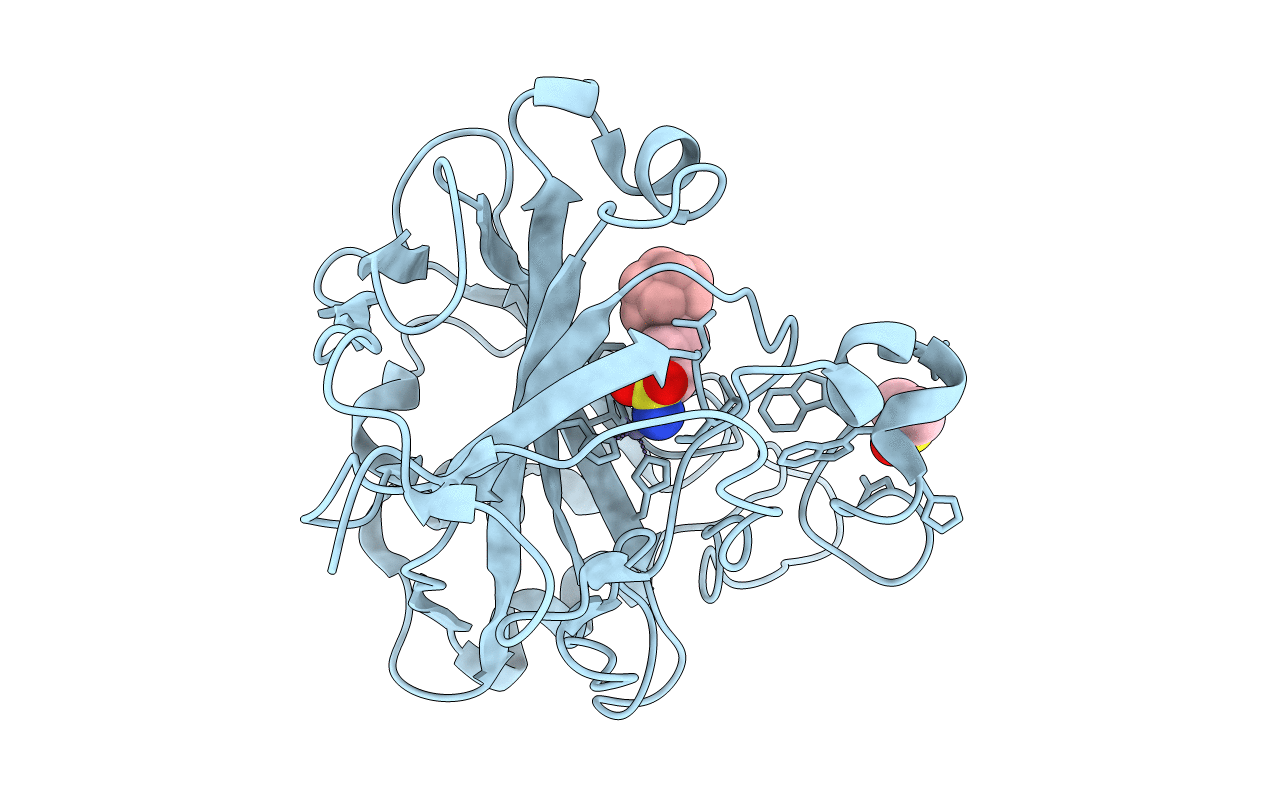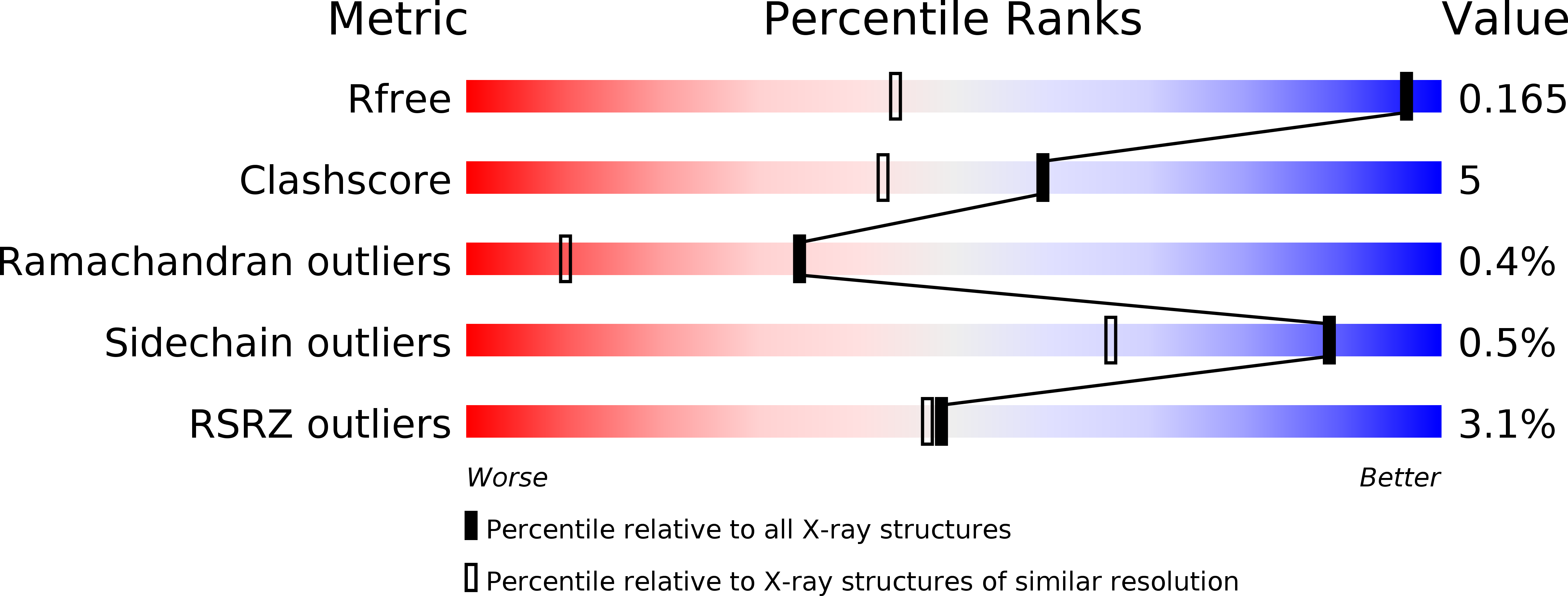
Deposition Date
2019-10-29
Release Date
2020-06-17
Last Version Date
2024-01-24
Method Details:
Experimental Method:
Resolution:
1.12 Å
R-Value Free:
0.15
R-Value Work:
0.14
R-Value Observed:
0.14
Space Group:
P 1 21 1


